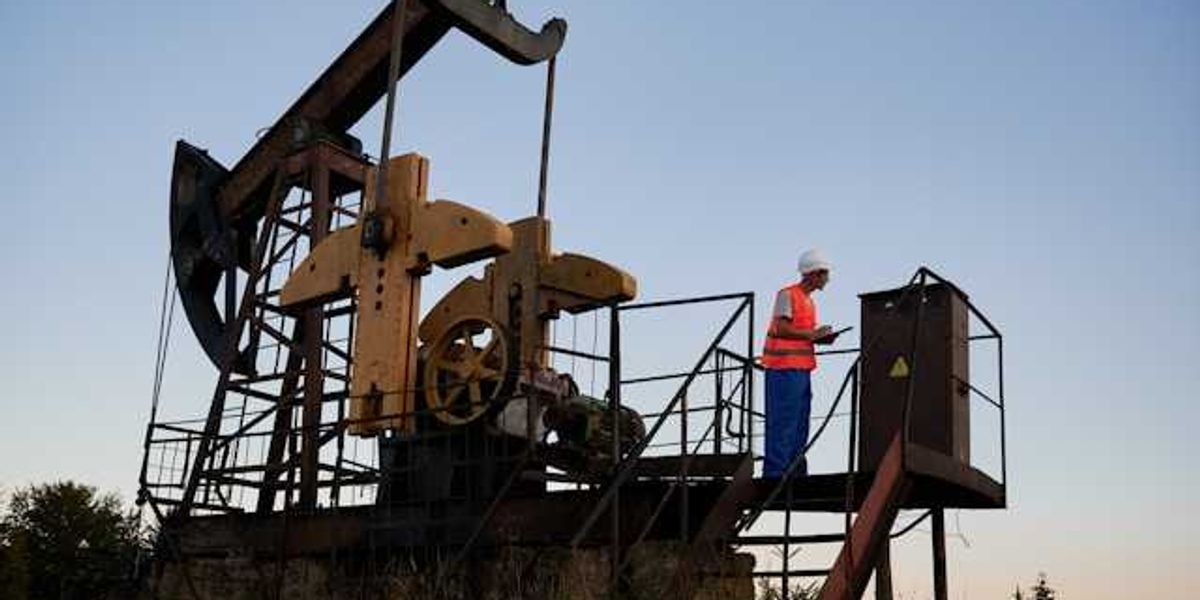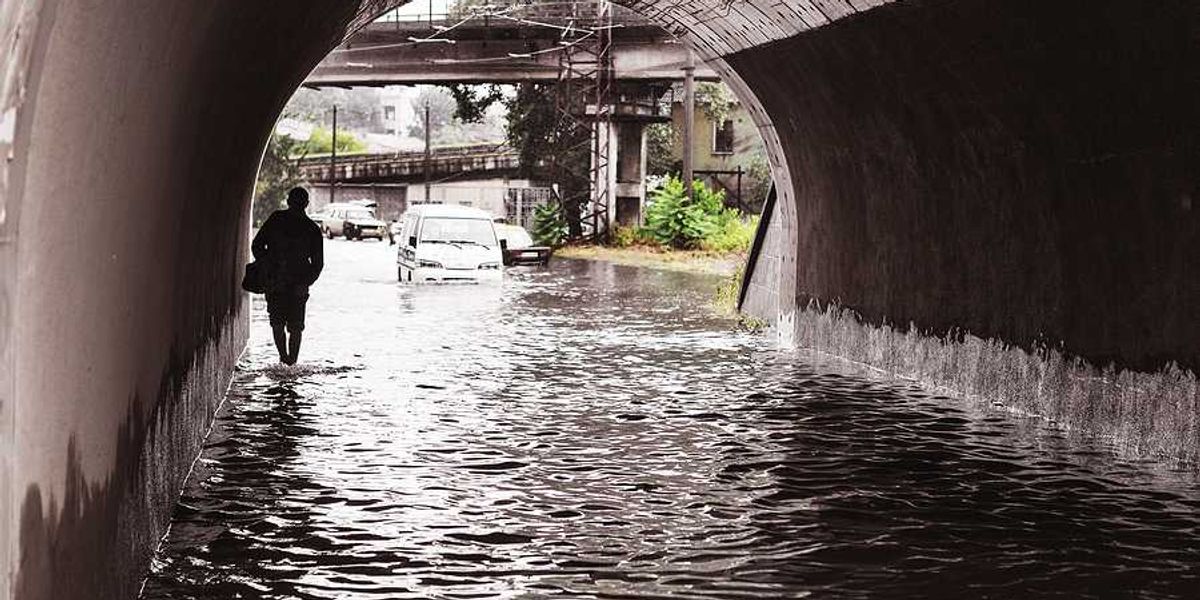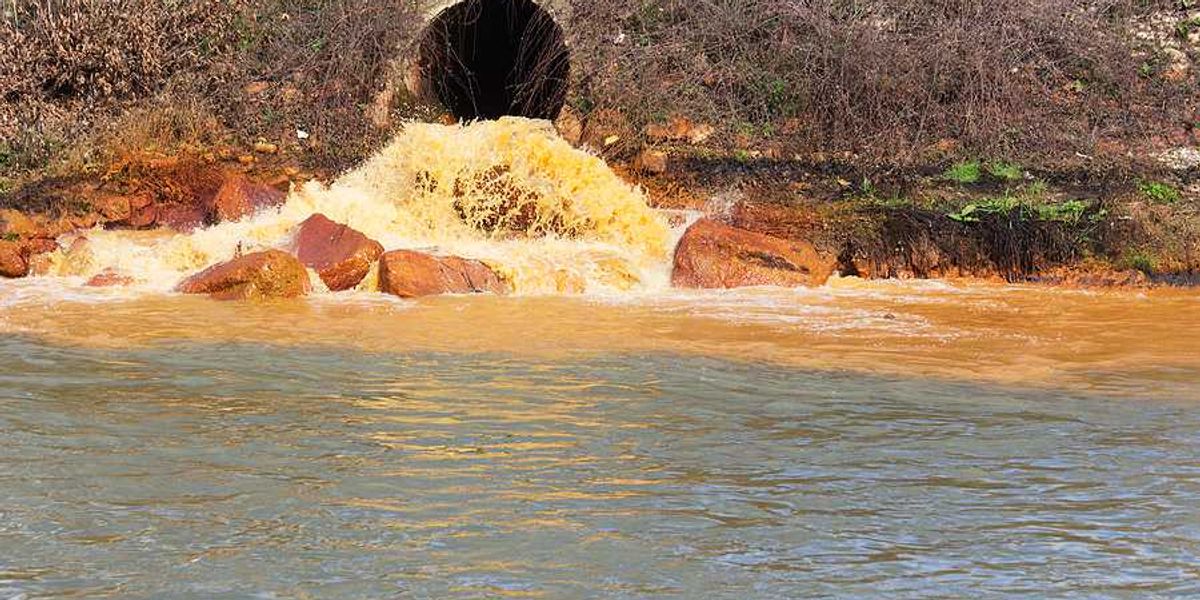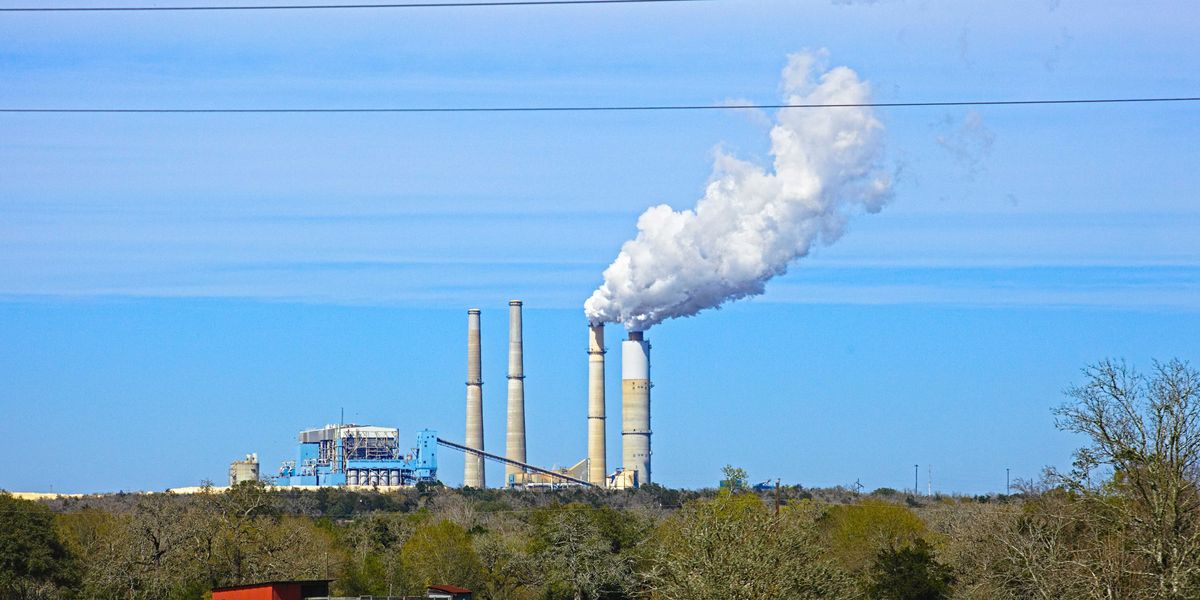New satellite designed to track methane emissions goes dark in orbit
A methane-tracking satellite launched by the Environmental Defense Fund lost contact mid-June, cutting short its mission to map planet-warming emissions from global oil and gas operations.
Raymond Zhong reports for The New York Times.
In short:
- MethaneSAT, a $88 million satellite backed by the Environmental Defense Fund and international donors, stopped communicating with mission control on June 20 after just under a year of operation.
- The satellite had been providing high-resolution data on methane leaks from fossil fuel operations, helping pinpoint emitters in North America and Central Asia with greater accuracy than previous methods.
- Although the satellite was expected to last five years, its early demise leaves a gap in independent emissions tracking; the Environmental Defense Fund has not announced plans for a replacement.
Key quote:
“We set out in this first year to demonstrate what was possible, that we could think about direct measurement of greenhouse gases in a way that we had never been able to do before. And I think we demonstrated that.”
— Steven Hamburg, chief scientist at the Environmental Defense Fund
Why this matters:
Methane is over 80 times more effective at trapping heat than carbon dioxide over a 20-year period, making it a potent driver of climate change. Much of it comes from oil and gas production, landfills, and agriculture, and it often leaks undetected into the atmosphere. While government and commercial satellites track methane, most struggle to pinpoint specific sources. MethaneSAT aimed to fill that gap, providing data to support policy action and corporate accountability. With its loss, scientists and regulators lose a powerful tool just as methane control becomes a global climate priority.
Learn more: Satellites reveal global oil rigs leaking hundreds of thousands of gallons into oceans













